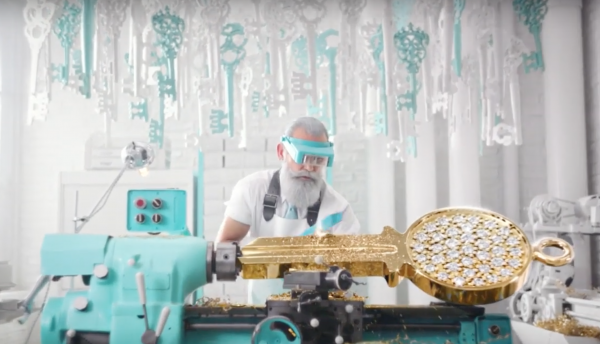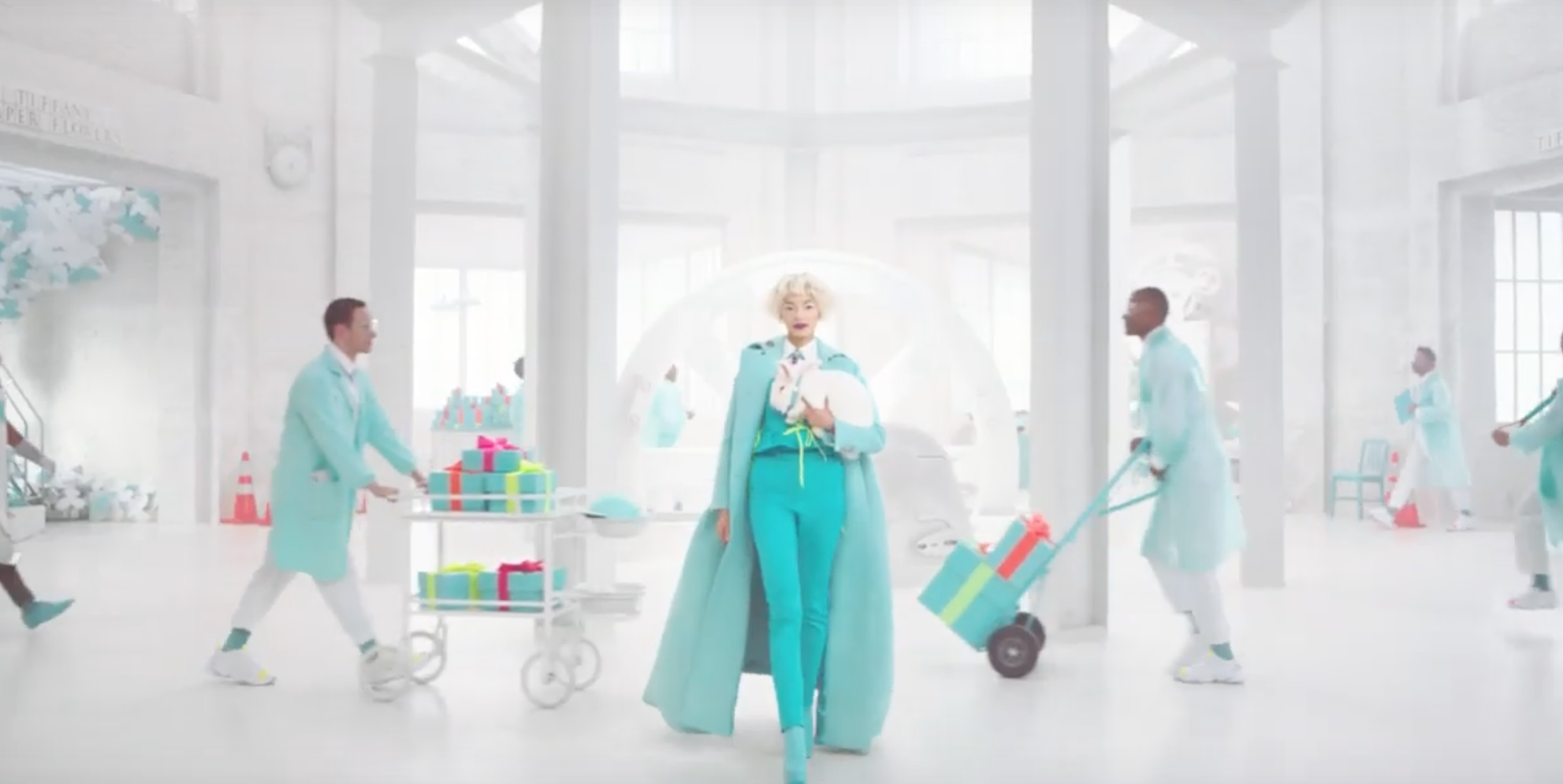Revitalising a brand is a tricky task, requiring a delicate balance of freshness and consistency, especially when the brand in question has 182 years of heritage. Alessandro Bogliolo faced this challenge when taking over as Tiffany CEO just over two years ago, at a time of disappointing financial results and slumping share price. Early results from the rejuvenation are encouraging, with Deutsche Bank commenting that Tiffany’s comeback was “one of the most compelling turnaround stories… we think brand building efforts are working and recent innovation is noticeably better.” (1) Worldwide net sales grew +7% in 2018 to $4.4 billion, although 2019 has been harder, given currency fluctuations, trade wars and the Hong Kong crisis (sales -1% on a constant currency basis).
In this post we look at how Alessandro and the Tiffany team have set about remembering and refreshing what made Tiffany famous.
1.Revitalise rather than re-position
Radically ‘re-positioning’ a brand is tough to pull off, because its hard to completely change the hard-wired associations people have with the brand. This seems to have been the case with Tiffany under the previous leadership. Back in 2017, design director Francesca Amfitheatrof left the company “after her punky designs failed to connect with the more traditional leanings of Tiffany’s customer base,” according to an FT article (2). CEO Frederic Cumenal left a few weeks later.
Alessandro Bogliolo chose to take a different route, seeking to revitalise the brand rather than change it completely. “For Tiffany I wanted more of an evolution,” he commented (2). Revitalistion requires a careful balancing act we call ‘fresh consistency’: building on a brand’s strongest equities whilst refreshening them to bring them up to date.
2.Remember and refresh what made you famous
The Tiffany Christmas ad from last year, Believe in Dreams: A Tiffany Holiday, is a good example of remembering and refreshing what made you famous. Tiffany’s trademark blue colour was used creatively in costumes, make-up and backdrops. And some of the brand’s ‘hero’ jewellery products played a starring role, include the key-shaped pendants.

At the same time, there was a healthy dose of emotional ‘sizzle’ to give the brand a fresh feel, delivered by director Mark Romanek, the creator of pop videos including Lemonade by Beyoncé. The campaign starred Zoë Kravitz in an Alice in Wonderland-style fantasy. As media website Refinery 29 observed, “The tone of this campaign was decidedly different; playful but still pristine, with a diverse cast and impactful styling.” (1). Refinery 29 also reported on how social media was used to amplify the campaign, with behind-the-scenes stills from the campaign posted by an exciting young photographer called Renell Medrano.
https://www.youtube.com/watch?v=kF2pMpsCNTw
3.Renovate the core
Tiffany has also invested in renovation of the core jewellery product range as part of it’s revitalisation. The Paper Flowers collection is the first new line from the brand in 10 years, and also the first to be designed by chief artistic director Reed Krakoff, who joined Tiffany after a successful time at Coach. Here again, the challenge was to balance consistency with the brand’s past, whilst injecting freshness for the future. “Krakoff brings a whimsical touch to the all-time classic formula, drawing a fine balance between refined feminity and industrial modernity,” observed Luxury Retail (3). The brand also launched its first new engagement ring in a decade, with Tiffany True.
The execution of the Paper Flowers campaign had a fresh feel, seeking to ‘provoke positive re-evaluation’ of the brand. “Let’s not communicate [the collection] in the obvious way people would expect platinum at Tiffany to be communicated,” insisted Alessandro Bogliolo (2). The campaign featured actor Elle Fanning dancing on a New York street to a hip-hop version of the song Moon River, featuring Elle Fanning and hip-hop artist A$AP Ferg. Again, the campaign again did a great job of using Tiffany’s signature blue colour.
4.Drive distribution
Tiffany is also working on the distribution of its brand to drive growth. Moves have been made to make the store more ‘experiential’. The flagship Fifth Avenue store in New York now has a Blue Box Cafe and will undergo a three-year renovation at an expected cost of c.$250m. The London store has Tiffany Blue wooden crates that display the brand’s Everyday Object accessories, a #MakeItTiffany personalization bar and even a vending machine selling Tiffany & Co. fragrance! (4). Tiffany is also working on the ‘omni-channel’ shopping journey, revamping the online experience.
5.Brand social responsibility
Tiffany has also worked on ‘brand social responsibility’ (BSR), to address the growing concerns about the sourcing of diamonds. BSR goes beyond ‘corporate social responsibility’ (CSR), where a company supports and contributes to worthy causes, by integrating positive practices into the core product or service. Tiffany’s Chief Sustainability Officer, Anisa Kamadoli Costa, recognised that assuring customers that the company’s diamonds are ‘conflict free’ is no longer enough (1). With the launch of the Diamond Source Initiative, Tiffany will “provide provenance information for every newly sourced, individually registered diamond it sets,” (5).
In conclusion, Tiffany’s revitalisation under the leadership of Alessandro Bogliolo is a great example of how to remember and refresh what made your brand famous, driving change through communication but also core product renovation, distribution and brand social responsibility. As with any revitalisation, turning Tiffany around is a long-term challenge. But early signs are encouraging, and in the words of Refinery 29, “The little blue box is back and once again, too cool for school.” (1).
Sources:
(1) https://www.refinery29.com/en-gb/tiffany-jewellery-brand
(2) https://www.ft.com/content/240cf854-697f-11e8-aee1-39f3459514fd
(3) https://luxuryretail.co.uk/11856-2/
(4) https://www.townandcountrymag.com/style/jewelry-and-watches/a22591419/tiffanys-vending-machine/
(5) https://www.tiffany.co.uk/world-of-tiffany/the-world-of-tiffany-timeline/
